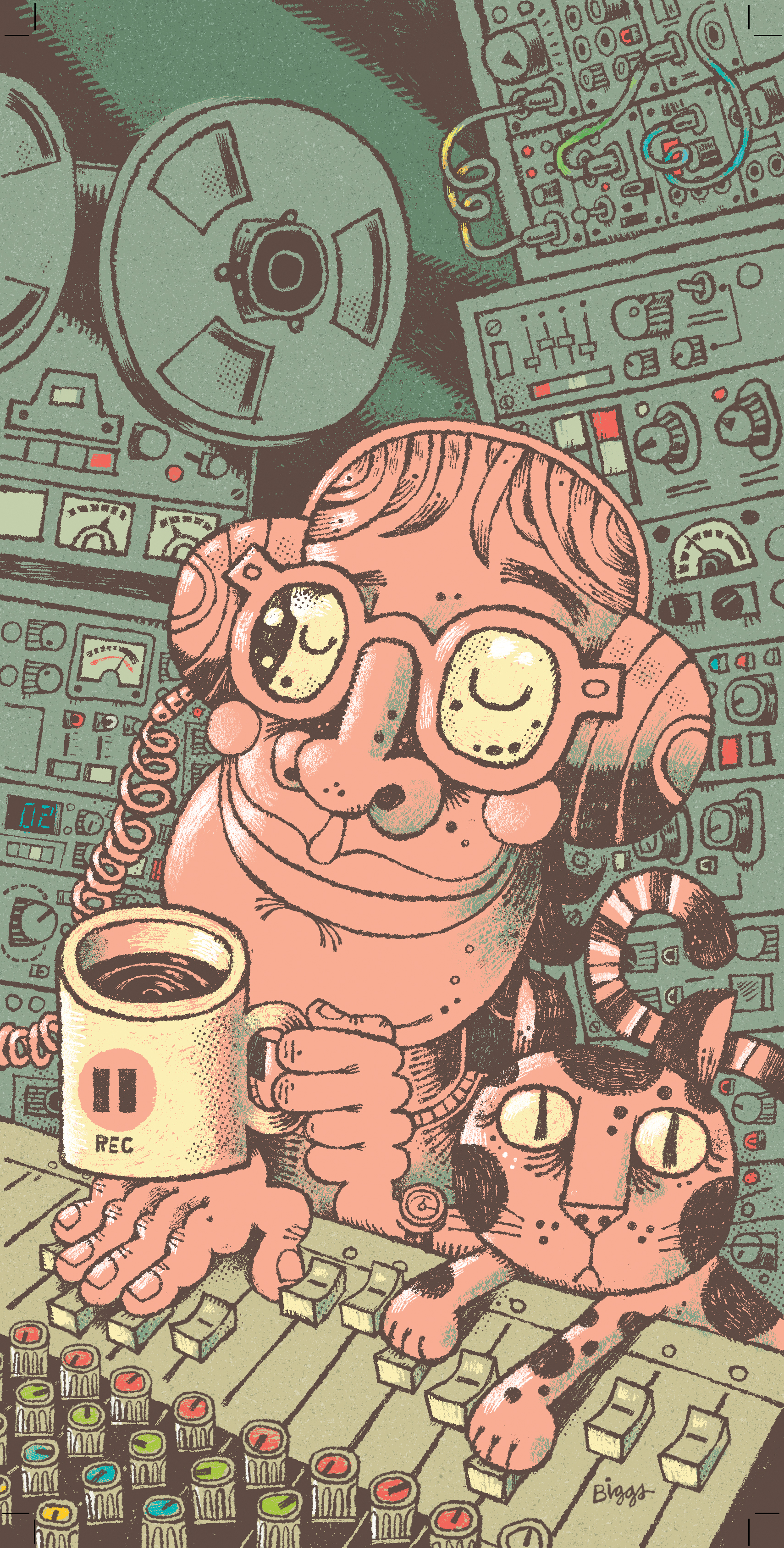In an effort to cover all of the bases, Universal Audio has taken some of their ever growing and uber useful line of UAFX pedals [Tape Op #159] and turned them into plug-ins. When I heard that they were virtualizing these pedals, I expected the plug-ins to appear as visual facsimiles of the UAFX pedal hardware and accessed only through the insert section of my Apollo Console. This is where Universal Audio does what they do best; building upon their ideas, adding creature comforts and useful elements, and improving on their impressive line of physical products while surprising with thoughtful design elements.
First of all, the UAD Lion ‘68 Super Lead Amp, Ruby ‘63 Top Boost Amplifier, and Dream ‘65 Reverb-Amp plug-ins are native – they do not require UA DSP to function. Second, each plug-in is themed to match the real-life product being emulated. For instance the Dream’s color scheme matches the silver/black/blue hues of vintage Fender tube amps. I could feel the distinct black dials, as found on the front of an old Twin Reverb, through my screen. That attention to detail carries over to the Vox-emulating Ruby, and did get a little too real with the Marshall-based Lion; one of the Lion cabs even has discoloration on the grill from “moisture,” bringing me back to a place where balancing beer bottles on top of cabinets at shows seemed a smart, practical idea.
All three offer the six-dial topology of the physical UAFX pedals. On Lion, it’s Presence, Bass, Middle, Treble, and Volume one and two. The plug-in breathes some life into how we interact with the different cabinet and mic’ing options, with images of the mics/cabinets and replacing the switches with different representations. Further attention to detail on the Lion even includes an emulation of Eddie Van Halen’s voltage-starved Marshall Super Lead, where he used a Variac to lower the voltage to the amp. There is also a bonus control for the noise gate, something not on the physical pedal version but one that UA did add with their UAFX pedals’ Control application. Each of the three new amplifier plug-ins bring similar attention to detail, with extra mods and extensive presets.
Having had the opportunity to work with the physical UAFX Lion pedal for several months, I was excited to do some side by side work with the Lion plug-in on a group of songs previously done with the Lion pedal. I opened those projects up, and recorded DI guitar and bass. Immediately, I realized the advantage the plug-ins were going to have over the pedals. Sure, because of plug-in latency I didn’t have quite the instant reaction I enjoyed with the physical stompboxes, but now I have the time to find/fit my tone to each part during playback, allowing focus on performance over tone during tracking. Overall, the sound I achieved from the plug-in versus the pedal was very similar and, with relative ease, I covered ranges from barky/punchy to warm/fuzzy to piercing/overwhelming. The UAD Lion ‘68 Super Lead Amp plug-in covered rhythm tracks, mid-range octave runs, and lead lines really well without sounding like someone applied a sticker or sheen over the top of my work. The pedal does have an advantage when dishing out the type of abusive basslines a high-gain bass head is capable of, but I think that is because with the plug-in you have the tiniest bits of delay that can affect how those little controlled explosions are channeled. Between the plug-in and the pedal, however, there are a huge range of options available for guitar tones. In the end, these UAD guitar amp plug-ins are amazingly accurate pieces of virtual equipment.




_disp_horizontal_bw.jpg)